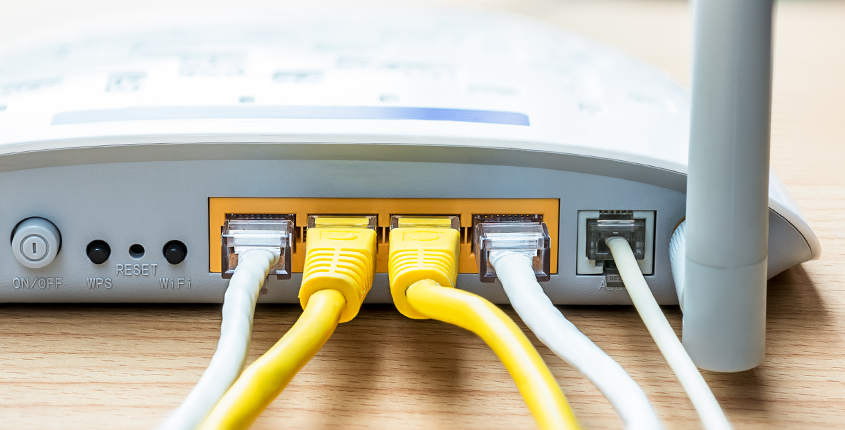Tips to improve router connectivity and performance

Improve router connectivity and get the most out of your home wireless network
At some time or another, we have all experienced the pains of having a weak Wi-Fi signal. You know the frustration. Your laptop is operating at lightning speed from your living room. But when you move to your bedroom, it feels like a simple Internet search is moving at a snail’s pace. Even in comparing speeds amongst devices connected to a single router can prove frustrating. Did you know that there are simple adjustments that you can make to help improve your overall connectivity? Making these changes can prepare your router to better handle additional connected devices, like a Sensi™ Smart Thermostats.
Tips and Tricks to Improve Router Connectivity and Performance
Move your router
Wireless networks have distance limitations. A typical home network includes one wireless router that can cover a single-family home without many issues. And most connected consumer devices operate on the 2.4GHz band, which as a rule of thumb, reaches up to 150 feet indoors.
However, the unique structure of your home can negatively impact your Wi-Fi signal, even if you are within the recommended distance range. Commonly used construction materials like brick, plaster, concrete and metal have a medium to high interference level. Additionally, your Wi-Fi signal strength will weaken if it has to bounce around too many corners in your home.
The easiest solution for this problem is moving your router to a central location in your home, where the signal does not have to compete with the building structure or metal home appliances like televisions, washers and dryers, that can cause interference. Like the old real estate adage, when it comes to router performance and connectivity, location is everything.
Change the band and the channel
Many household items such as microwave ovens, cordless phones and baby monitors can cause interference with your wireless network. Another common contributor interference is your neighbor’s wireless network, especially if you live in an apartment building or in a densely populated area.
You can also try changing the router channel. The 2.4GHz band uses three non-overlapping channels, typically 1, 6 and 11, so switching your router to a less crowded channel can help to improve your Wi-Fi signal strength. There are a variety of Android apps, desktop applications or even build-in diagnostics tools like Mac Wireless Diagnostics that can help you to analyze nearby networks and choose a less crowded channel for your router. You should be able to change the channel from your router’s interface. If you have questions on how to do this, please consult your router manual or the manufacture website for more information.
Update hardware and firmware
To figure out if it’s time to update your router hardware, check your router’s Wi-Fi radio capability. If your router is labeled 802.11b or 802.11g, you should consider updating your router to a newer model that supports the 802.11n wireless networking standard. This alone can boost your signal speed and range.
You should also frequently check to see if your router has had any firmware updates. Older routers might not have automatic notifications enabled, so it is important to check your router manufacturer website. Updating your firmware to the latest version will also enhance your network performance.
While you might not be thrilled at the thought of having to make these updates, these are two of the biggest factors that can significantly improve your router connectivity and network’s performance.
Lastly, when you are adding additional connected devices to your network, it’s important to note the specific requirements for that device. Read a full list of tips to help you optimize your wireless network for the Sensi™ Smart Thermostats.
These small changes to your router and its network configuration will help its performance and provide you with a consistent, stable, and headache-free Wi-Fi connection.
